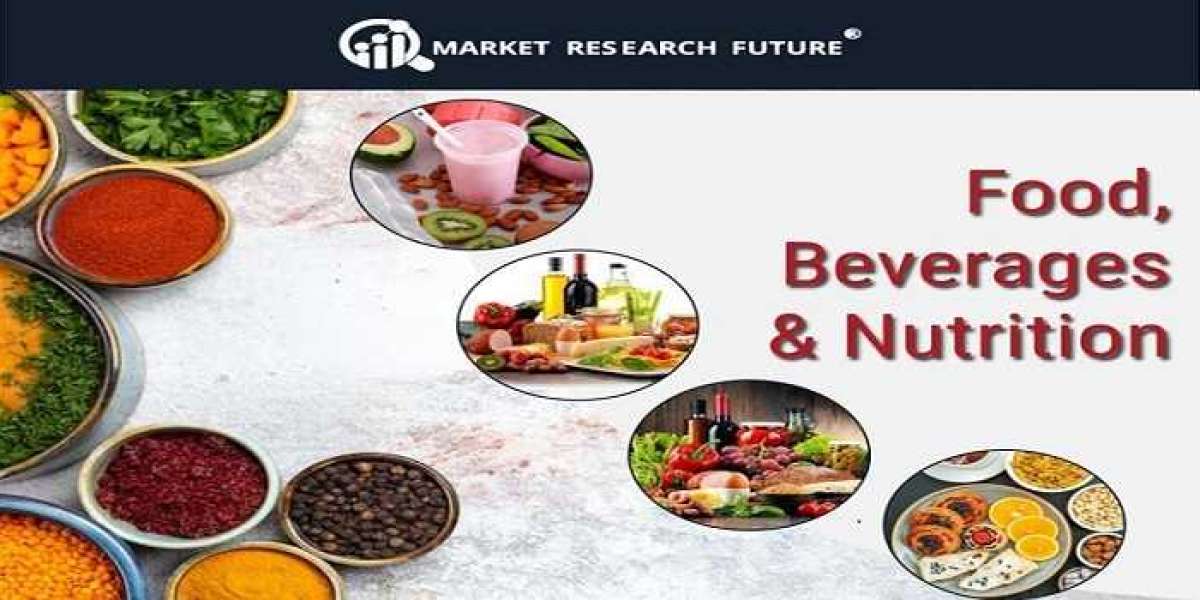Traditionally, caviar has been seen as an emblem of culinary excess—rare, expensive, and exotic. But as consumer awareness of environmental issues climbs, the modern caviar market is reinventing itself as a harmonious blend of luxury and responsibility. The Market Research Future analysis underscores sustainability as a critical driver shaping the future of the caviar market.
Overharvesting of wild sturgeon populations led to ecological challenges, pushing the industry toward aquaculture as a more sustainable production method. Today, farmed sturgeon caviar is increasingly considered the preferred norm for premium producers seeking long-term viability and regulatory compliance. Brands are investing in eco-friendly hatcheries, recirculating water systems, and transparent traceability to build consumer trust.
From a branding perspective, sustainability is no longer optional—it’s essential. High-end consumers now expect ethical sourcing practices, carbon footprint disclosure, and certifications (e.g., MSC, CITES compliance). Producers who can convincingly demonstrate that their caviar is responsibly farmed and fully traceable gain a competitive edge in high-stakes luxury markets.
Sustainability also safeguards supply stability. By controlling breeding, feeding, and environmental parameters, aquaculture mitigates risks of wild stock collapse, disease outbreaks, or regulatory bans on wild fishing. This is especially important as demand continues climbing—projected to reach USD 0.90 billion by 2035 at 9.25 % CAGR.
On the consumer side, responsible luxury is resonating. Blending indulgence with ethics, sustainably produced caviar emerges as a “feel-good” purchase: exclusivity without guilt. This is especially potent in younger, eco-conscious segments.
However, challenges remain. Farmed caviar must match or closely approximate the flavor, texture, and prestige of wild-sourced varieties to win premium acceptance. Scaling aquaculture operations without compromising quality demands capital-intensive investment in infrastructure and RD. Regulatory landscapes differ across regions, and maintaining consistent compliance adds complexity.
Still, as luxury markets evolve, sustainability is not just an enabler but a highly visible differentiator. In the coming decade, leading caviar brands will likely be those that combine exceptional gastronomic appeal with demonstrably responsible production.








